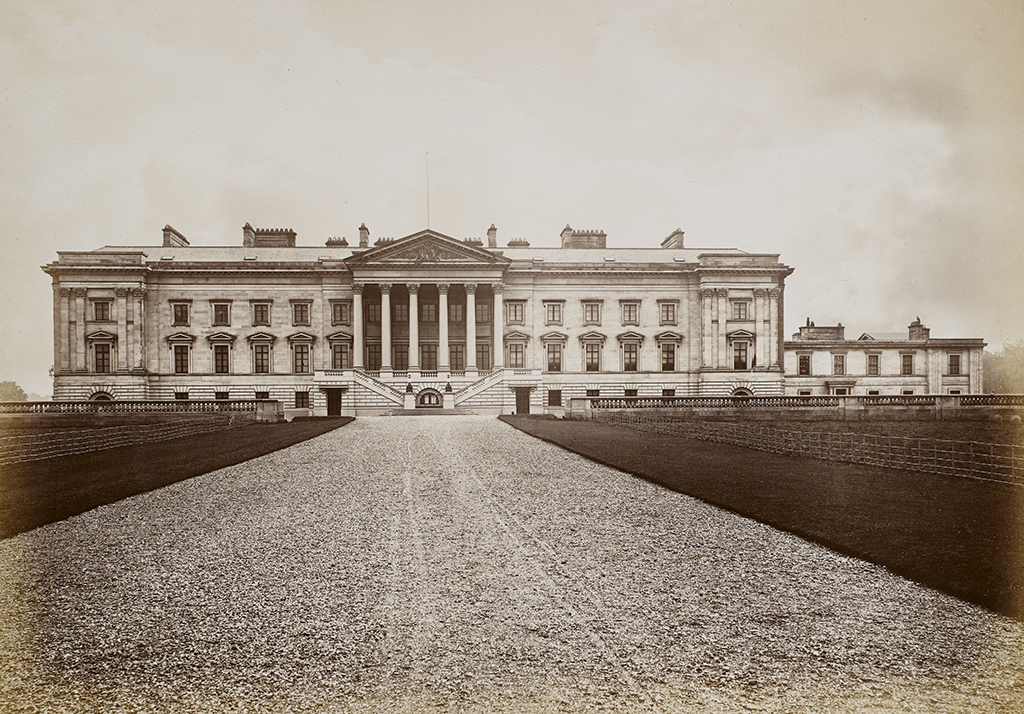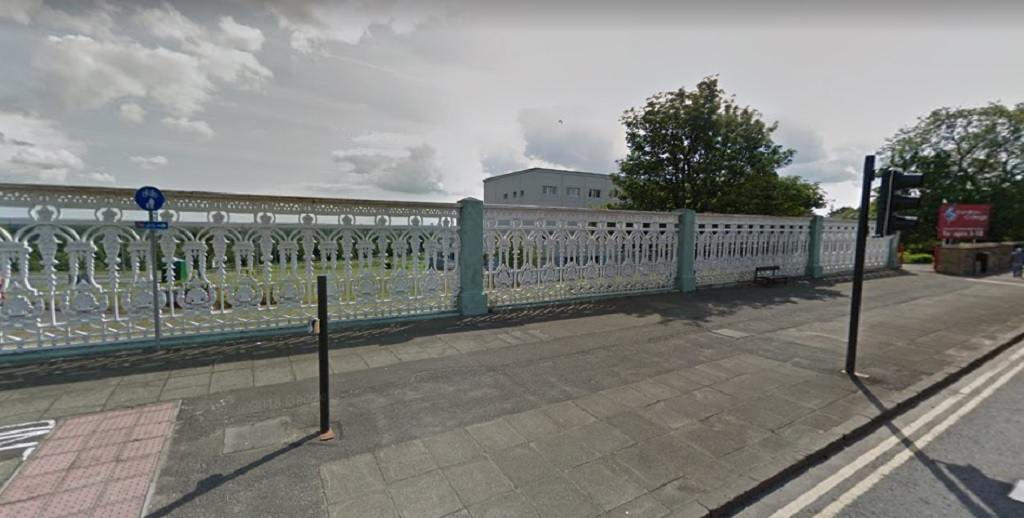Hamilton Palace was said to have been the largest non-royal residence in Britain – and 100 years ago, it stood proud.
But a century later, there’s not a trace of this once-fine building, the home to the Dukes of Hamilton, the premier peer of Scotland.
But how could a building, which was the principal resident of the Hamilton family since 1591, disappear so easily?
The origins of Hamilton Palace go back some 500 years when, in the 15th and 16th centuries, the Hamilton family grew in wealth and status. James Hamilton, the 2nd Earl of Arran, acted as the Regent of Scotland when Mary Queen of Scots was a child.
He began work on building a new house, as his accounts for this new home listed fine tapestries, seeds for the garden and tame deer to populate its grounds.
Mary fled to Hamilton in 1568, after escaping from Lochleven, where she rallied her troops before the battle of Langside. During the political and religious upheavals that followed, both the town and the palace of Hamilton were besieged, burnt and demolished.
But the son of the 2nd Earl, Lord John Hamilton, began work on the construction of a new palace in 1591, on a site near the River Clyde, close to the rebuilt burgh of Hamilton.
The 17th century resulted in political upheaval as a result of the English Civil War, as both the 1st and 2nd Dukes of Hamilton lost their lives as a result of supporting their king.

A model of Hamilton Palace, on show at the Low Parks Museum in Hamilton
Anne, the daughter of the 1st Duke, became Duchess of Hamilton in 1651, but Hamilton Palace had been confiscated by Oliver Cromwell, and given over to his army officer.
Parliamentarians demanded fines from the gentry, resulting in the sale of land and property, but the restoration of Charles II in 1660 saw the Duchess and her husband, William Douglas, Earl of Selkirk, finding themselves in a better financial position.
The Duke and Duchess pursued some grand designs to restyle their home, with Scotland’s leading architect, James Smith, being commissioned in 1682 to transform Hamilton Palace into the largest country home in the land.
The north front of the palace was left standing, but its wings were demolished and rebuilt, with offices, stables and kitchens being added.
The real highlight of the new construction was the south front, with the entrance featuring a stunning portico, the likes of which had never before been seen in Scotland.

Some treasures from Hamilton Palace, on show in the Low Parks Museum
With the impressive new exterior in place, in the 1730s, the 5th Duke of Hamilton commissioned William Adam to redesign the principal rooms of the palace. Thomas Clayton, one of the leading craftsmen in Scotland, was commissioned to decorate with his elegant plasterwork.
By the mid-19th century, Alexander, the 10th Duke of Hamilton, declared himself as the ‘rightful heir to the Scottish throne’. Accordingly, he wanted a home fit to match his status, and created a true palace.
He had major additions made to the building. Glasgow’s leading architect David Hamilton adapted Adam’s designs, and in 1822 work began on a new north front, servants’ wing, and additional offices and stables. A new north front was created, with a dozen stone columns at the entrance.

The north front of Hamilton Palace, constructed by the 10th Duke of Hamilton
The grand entrance hall was suitably impressive too – a black marble staircase gave access to it, with walls of polished sandstone, and paved with siena and black marble.
In 1842, the 10th Duke had begun construction of the Hamilton Mausoleum, as the family vault at the Palace was becoming overcrowded.
He died in 1852, aged 54, and along with his predecessors, was interred in the Mausoleum after it was completed in 1958.
The 10th Duke was a keen collector of art, and after his death, it was sold off by the family. His collection of paintings, objects, books and manuscripts was sold for £397,562 in July 1882 – the equivalent of almost £10 million today. The 12th Duke of Hamilton was, in 1867, close to financial ruin.
Following the sale, the family spent less and less time at their palace. The 13th Duke had offered the palace to the navy during World War I for use as a hospital. By this time, the palace was in a state of severe neglect and needed vast sums of money for restoration.

The former Hamilton Palace riding stables form the Low Parks Museum
Following the end of the war, the palace’s fate was sealed. Since 1882, the Hamilton family had leased out mineral rights in the grounds of the palace. A large area of coal was left beneath the building to keep it stable.
In 1915, seams were being mined through this reserved area, to access a larger area of coal to the south. The colliery company was also given permission to work coal under the palace in the future.
The 13th Duke wanted the palace to be preserved in 1919, the same year a second haul of art treasures were sold, and asked the Bent Colliery Company to give up its lease – but it refused. The building’s structural integrity was no longer guaranteed, and Hamilton Palace was sold to demolition contractors in 1921.
The demolition of Hamilton Palace took almost a decade. During this time, the west wing was used to house the families of homeless miners.
Without their palace, the Hamilton family moved to Dungavel House, which had previously been a shooting lodge on moorland close to Strathaven.
Hamilton Palace vanished from sight. But in 1974, when a country park was being built on the site of the palace, construction workers found the vaulted roofs of the former palace cellars.
Sadly, for safety reasons, these roofs had to be collapsed and the cellars filled in.

The former Hamilton Palace railings, now located outside Hamilton College
However, several metres of iron railings from the palace grounds can be seen on Bothwell Road (the B7071), outside Hamilton College.
The dining room from Hamilton Palace can be seen the Museum of Fine Arts, Boston, in the European period rooms, where it remains the only extant, assembled room from the building.
Some of the fittings, and photographs of the interior, can be viewed in the Low Parks Museum, which was the old Palace Coachhouse, in Hamilton.
The site of the palace is now filled by a number of football pitches, a bowling club and a sports centre, known as the Hamilton Palace Sports Grounds, owned by South Lanarkshire Council.
(With thanks to South Lanarkshire Council. Find out more at the Low Parks Museum in Hamilton.)
TAGS

